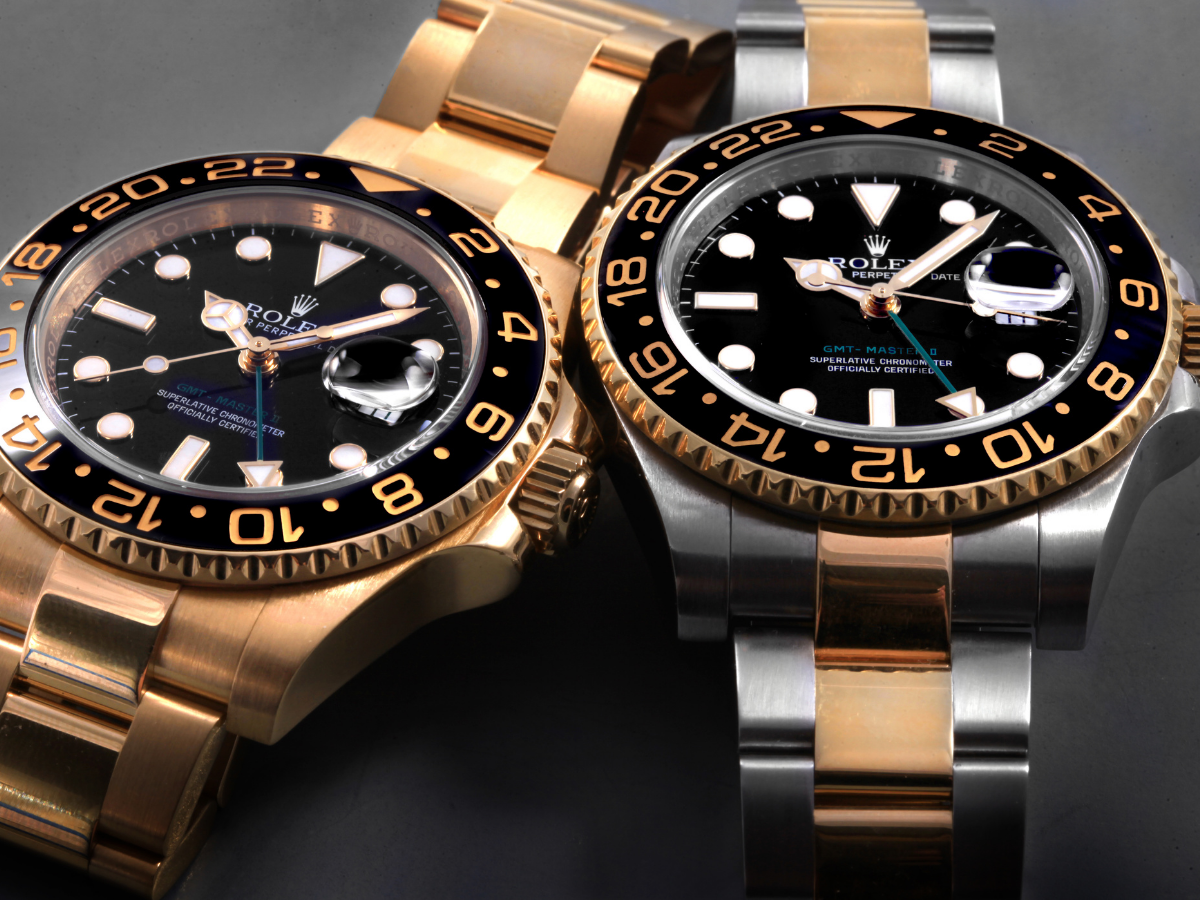Prior to creating the Cerachrom, Rolex used bakelite and aluminum bezels for their professional models. Bakelite – this material was used in the 1950s, in particular for the Rolex GMT-Master line. Bakelite bezels were made of acrylic with luminous radium numerals inside. This was to enable pilots to read the time even in low light conditions. Quite quickly, however, the bakelite bezels were found to be prone to brittling and cracking. There were also concerns about the radioactive properties of radium. Aluminum – in 1956, Rolex formally switched to the use of aluminum inserts for their bezels and continued to do so until the 2000s. While it had been their reliable material for decades, it had its limitations. It didn’t offer the long-lasting durability that Rolex desired for its watches because they scratch and fade over time. | 

